The Mardi Himal Base Camp Trek is a five day trek through the south of the Annapurna Conservation Area. The trek starts at 1,770 m and goes up to 4,500 m which allows you to see a range of different terrains from lush jungle to snowy peaks. Packing light is important if you’ll be carrying your own bag, and I consider everything in my bag carefully. I had everything I needed for our trek and didn’t bring anything unnecessary. Here’s what you’ll want to pack for your trek.
Note: We went on the Mardi Himal Base Camp Trek in April when it’s normally warm, but we got hit with snow and cold weather, so this list is also good for those going in colder months like October and November.
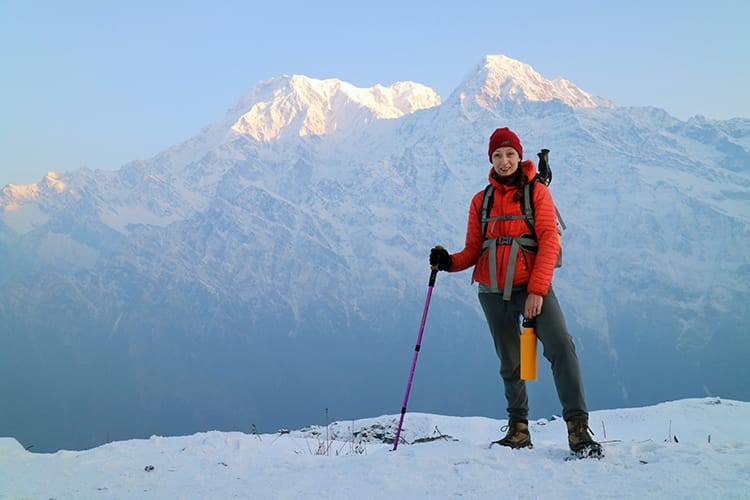
Mardi Himal Backpacks and Storage
40L Backpack
I have a 40L backpack that can be expanded but 40L was more than enough space for this trek. I find that the bigger the bag, the more stuff you bring that you don’t really need. I highly recommend my Eddie Bauer Alchemist backpack which is water resistant.
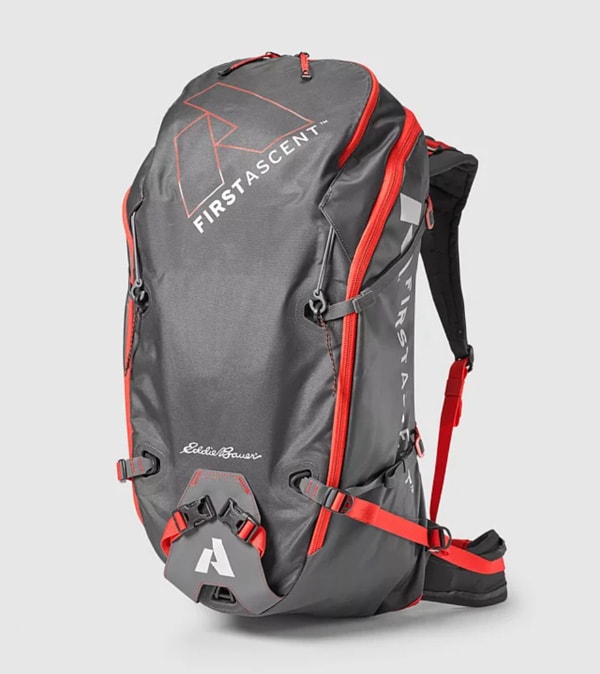
Waterproof Bags
I always tell everyone to carry a few waterproof bags. If you can’t find them, you can always bring some ziplock bags for safe measure. If it starts to downpour, you can quickly throw your phone and camera in them for extra protection.
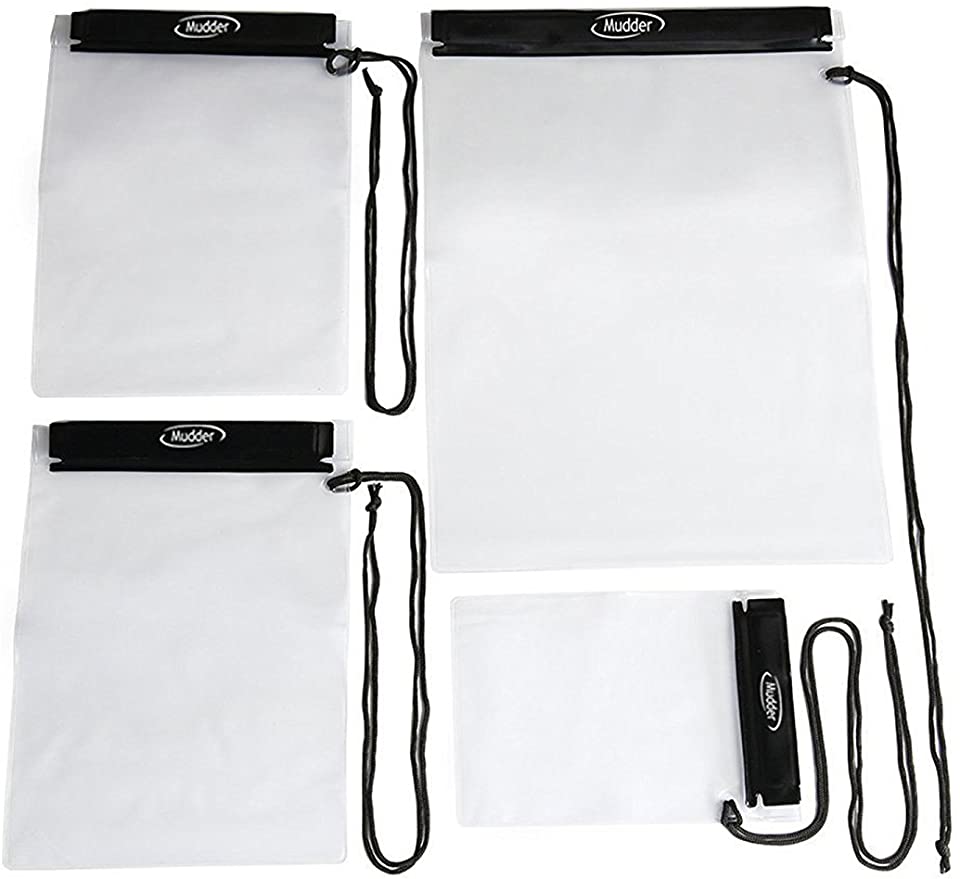
Packing Cubes
I’m a huge fan of packing cubes and can’t live without them. When trekking, you need to unpack and pack every day in a room without a dresser or table. Therefore, having everything in neat little cubes makes it easier. You just take out the cube you need rather than unpacking every single item in your bag.

Water Bottle
Bring a refillable water bottle that can hold hot or cold water. At altitude, you’ll likely want to purchase boiled water as it’s too cold to drink cold water. Bottled water has been banned in the Annapurna Conservation Area, so you can’t buy it on route.
Backpack Rain Cover
This is a must if your backpack isn’t waterproof. Many backpacks are water resistant but won’t stay dry in a downpour.
Plastic Bag for Laundry
A simple plastic grocery store bag is perfect for this since it’s light and takes up no space.
Ziplock Bags
Never underestimate the ziplock bag. These come in handy more often than you would think.
Clothing and Accessories
Down Coat
I’m obsessed with my Eddie Bauer Microtherm coat. It’s insanely lightweight and folds down to almost nothing. When it’s in my bag, it’s barely noticeable, but it’s really warm! I’ve seen people wearing coats 10 times thicker than mine and complaining about the cold while I’m nice and cozy in my tiny jacket.
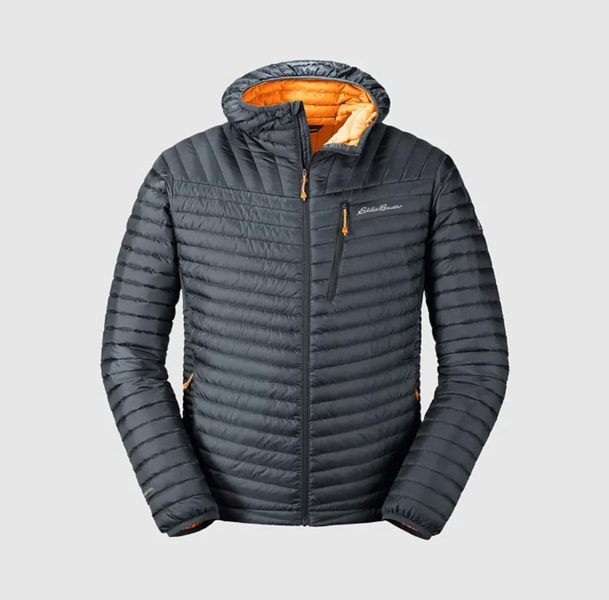
Fleece Jacket
I prefer a full zip fleece so that I can wear it unzipped and zipped. Pullovers are not as versatile. This usually gets used at tea breaks because when we stop walking I get a chill from having a sweaty back. I also wear it at night when I go to bed and I wore it as a layer on the day we went to Base Camp before sunrise.
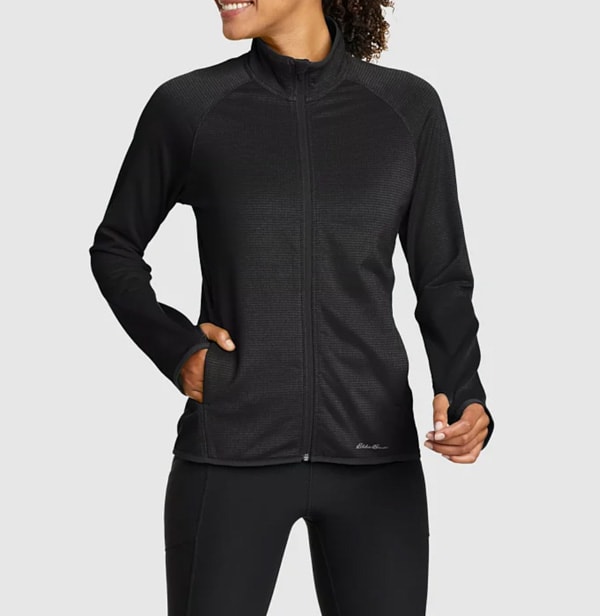
Raincoat / Poncho
I have an actual raincoat which maybe isn’t necessary. You can pack a lightweight poncho as well. I like my raincoat though because it also protects against cold wind which a poncho does not.
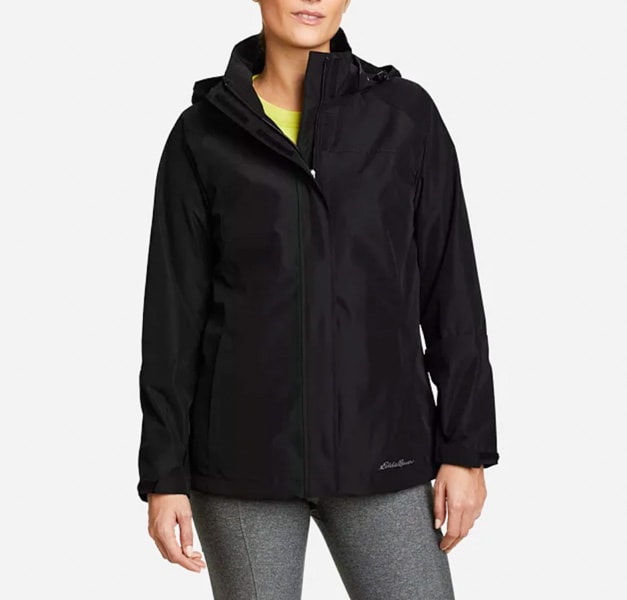
Quick Dry T-Shirts (2)
Two shirts is plenty for this trek. I wore one shirt the first two days and the other shirt the last three days and it was completely fine. You could probably even get away with wearing just one shirt as long as you do wet wipe showers and wear a good amount of deodorant.
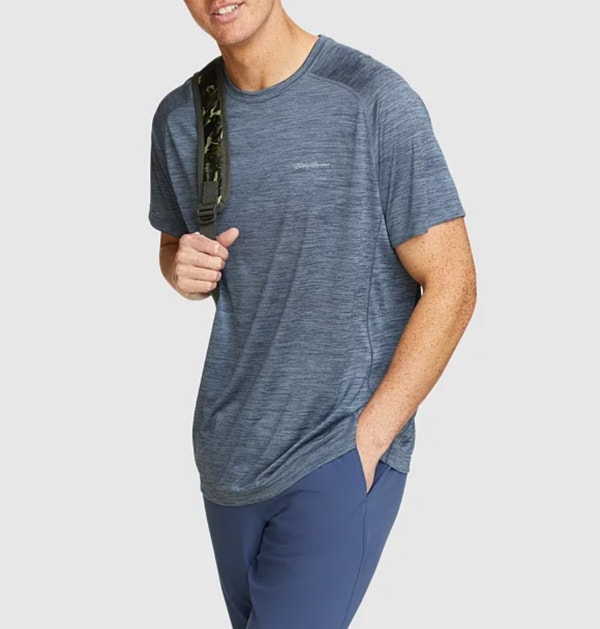
Quick Dry Long Sleeve Shirt
I change into my long sleeve shirt as soon as we get to our tea house for the night. The only time I wear it during trekking is on the day you wake up before the sunrise. On that day, I wear almost all the clothes on this list.
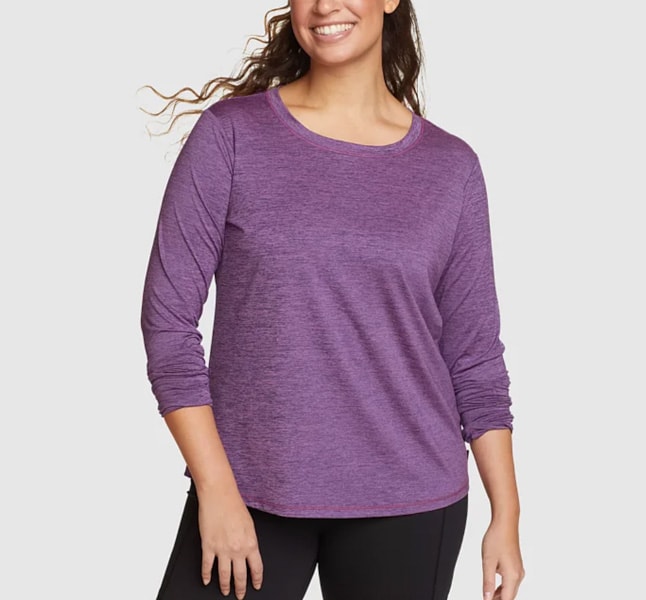
Lightweight Trekking Pants (2)
Two pairs of lightweight trekking pants is enough for this route. On the Base Camp sunrise trek, I wore my thermals underneath them and was perfectly cozy. Women may want to bring one legging instead.
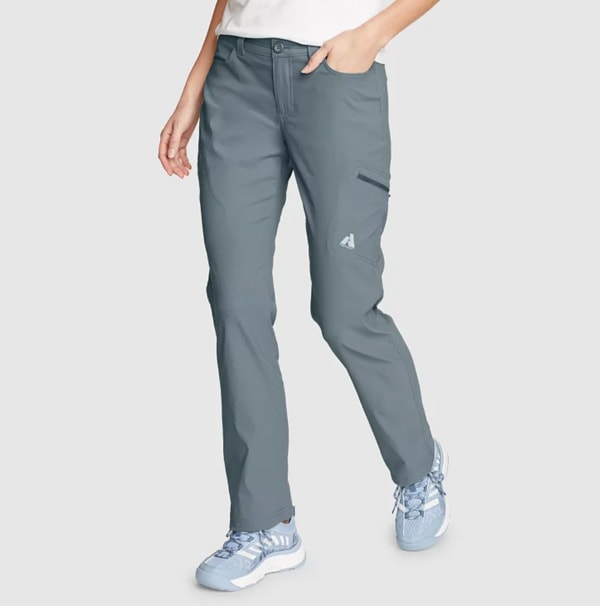
Thermal Base Layer
I opted to only take thermal pants to save room and weight in my bag. I wish I’d taken the matching top because we had cold weather. Thermals are good for wearing around the tea houses at night, sleeping in, and wearing to Base Camp.
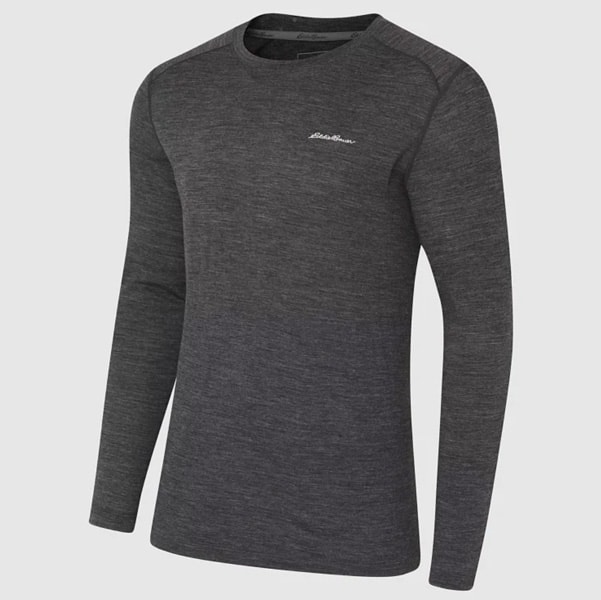
Buff / Scarf
Buffs are great for trekking as opposed to wearing a bulky scarf. I like the lightweight ones that you can easily breathe through.

Short Hiking Socks (2)
I wear one pair of socks while trekking and keep the other separate for wearing around the teahouse and sleeping in. That way my daytime hiking socks can dry at night.
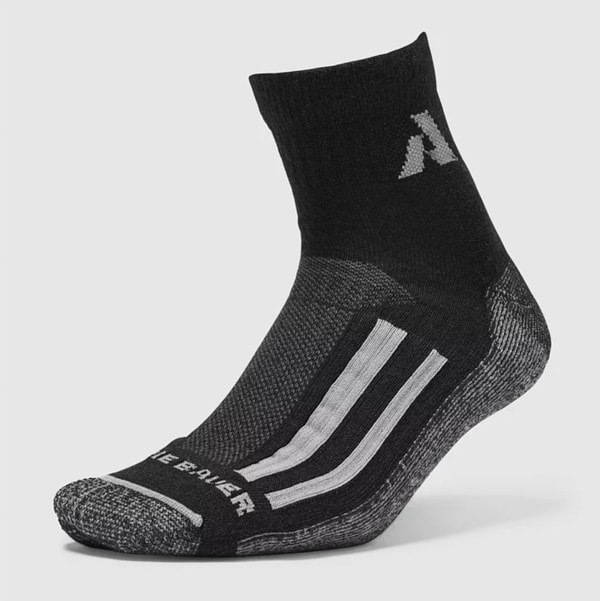
Long Hiking Socks
Long hiking socks are good for the nights at altitude and the day you go to Base Camp. Note, you shouldn’t layer socks when you are cold, it actually makes you colder. So, bringing extra socks won’t help. If your toes often get cold, consider bringing toe warmers.
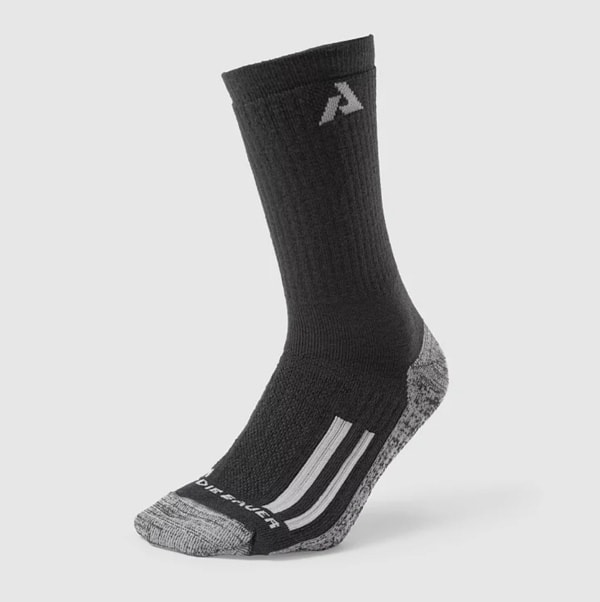
Hiking Boots
I recommend a good quality hiking boot with ankle support. I’m obsessed with my La Sportiva boots which have been tried and true since I got them. They’re worth the investment if you go trekking or hiking a lot. I like to use Nikwax on my boots once a year for waterproofing. You don’t need to carry it with you, but make sure to reapply it once in a while to ensure your boots are properly waterproofed.
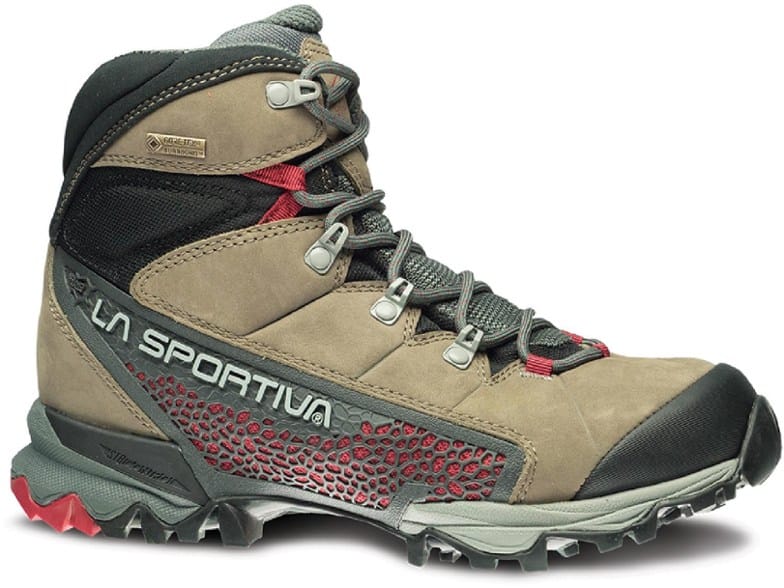
Hiking Sneakers
If you are just starting out with your hiking journey and you’re not ready to spend $200-$300 on boots, then I’d recommend getting a boot/sneaker hybrid. The first two treks I did, I had a hybrid shoe and it was great. It’s also a fantastic option if you’re backpacking and want a shoe that can be for hiking or normal walks through cities. I was recently gifted the NORTIV 8 hiking sneakers and love them. They’re a great affordable option.
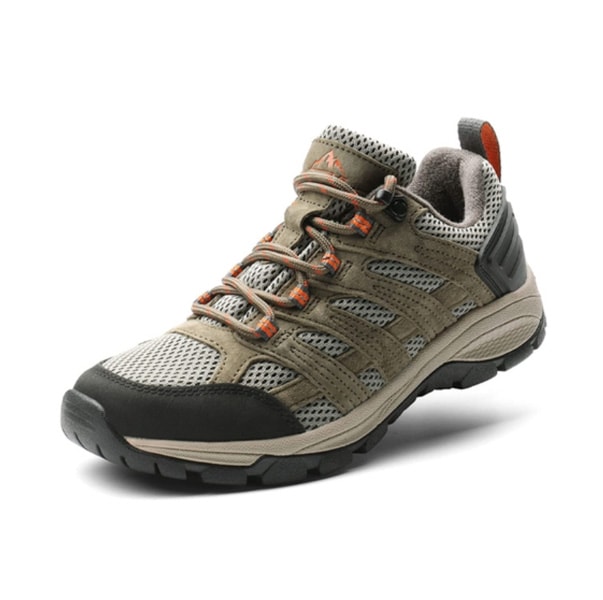
Flip Flops
A pair of extremely lightweight flip flops are nice to have but not necessary. As soon as I get to a teahouse, I slip these on to let my feet breathe. Even if it’s cold, I wear them around with socks on. It also makes going to the bathroom at night easier, so you don’t have to lace up your trekking boots.
Summer Hat
The sun is strong at altitude, so have a baseball cap or sun hat.
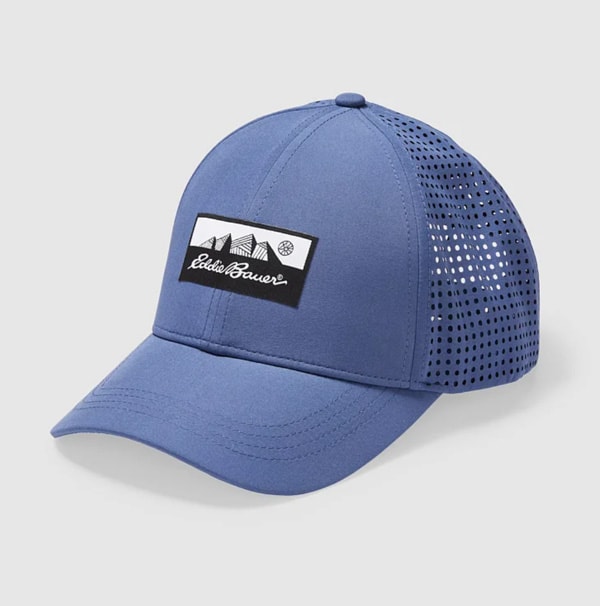
Winter Hat
I wear a winter hat at the tea houses at night and it’s a must have on the day you go to Base Camp.
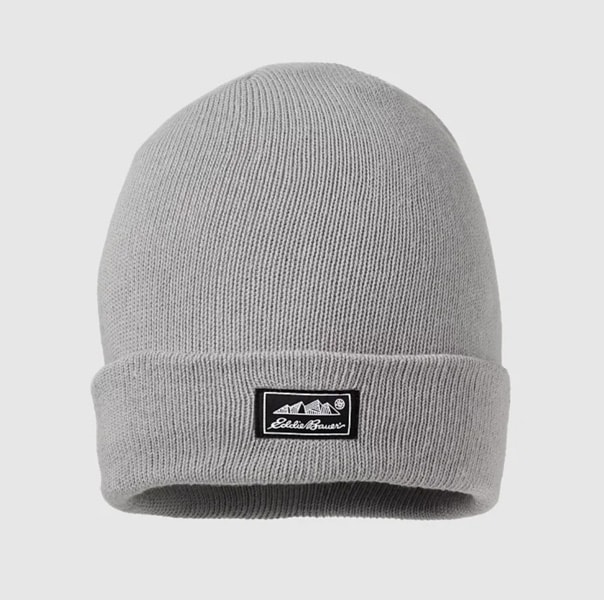
Sunglasses
I accidentally left my sunglasses at Low Camp which was a major faux pas. You need sunglasses for the trip to Base Camp because you may have snow up there. At altitude, the sun is strong and when it reflects off the snow it can cause snow blindness.
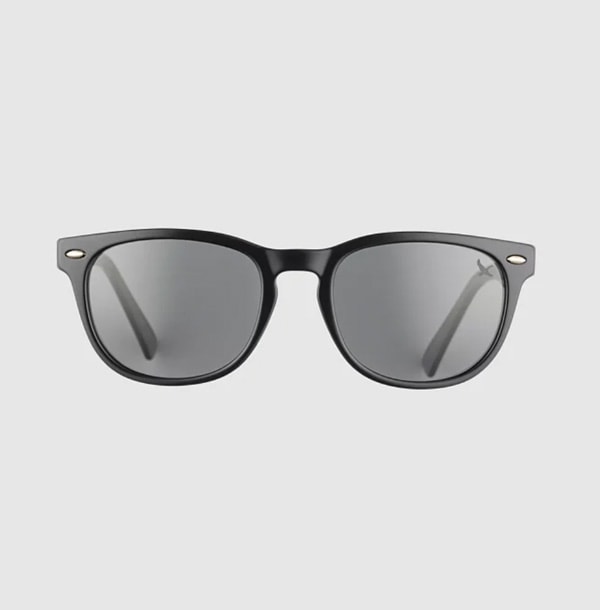
Gloves
I like thin gloves. I have a pair of silk glove liners that I love. I find thicker gloves are less effective for me, but other people may want something a little thicker.
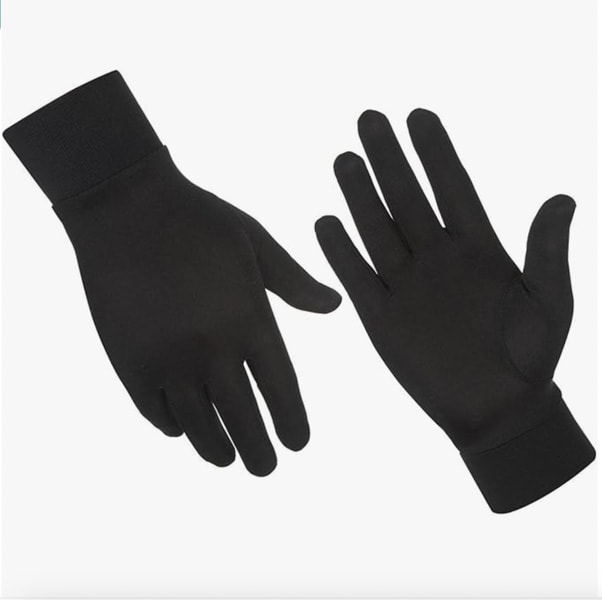
Underwear
I hate doing laundry when I trek because you honestly never know the weather. It was rainy and cold almost every evening when we went, so drying laundry was not an option. While you can hang some items by the fire at night, you can’t hang your undies there, so better to pack a pair for each day.
Sports Bras (2)
Two sports bras are good because if one gets sweaty, you can change when you get to tea houses. More than two isn’t necessary.
Pajamas
I like a long sleeve oversized cotton shirt and a pair of leggings, but whatever you are comfortable in will work. Long sleeves and long pants are nice because it gets cold at night and the rooms in teahouses aren’t well insulated.
Mardi Himal Base Camp Trek Toiletries
Wet Wipes
This area can sometimes have water shortages, so showers aren’t always available. Wet wipes showers are great in a pinch.
Quick Dry Towel
A small microfiber towel is a must if you plan to shower on the way. These dry incredibly fIf you plan to shower, a quick dry towel is necessary. I did wet wipe showers and didn’t use my towel at all, so next time I’d leave it behind.
Bug Repellent
I like Badger Bug Balm which is a natural bug repellent. It’s a solid stick, so it won’t spill in your bag and it works very well!
Sunscreen
The sun is strong at altitude. Even if you usually don’t sunburn, make sure to apply sunscreen each morning.
Tooth Care
Bring a travel sized toothbrush and toothpaste.
Hand Sanitizer
There isn’t always soap available, so hand sanitizer is a great backup.
Deodorant
I buy a tiny travel sized deodorant to avoid any extra weight in my bag.
Vaseline
A mini bottle of Vaseline is great for your lips and nose. Regular lip balm doesn’t work for me on treks.
Roll of Toilet Paper
Toilet paper isn’t provided at tea houses, so you should bring your own.
Feminine Hygiene
It’s extremely difficult to find tampons anywhere in Nepal, so you should bring them with you. Pads are available in Nepal but are hard to locate on trekking routes.
Hair Care
I bring a lightweight comb to avoid carrying a heavy brush. If you plan to shower, bring tiny packets of shampoo to avoid carrying a bottle.
Nail Clipper
Pretty self explanatory, but make sure to get the kind with the little thing that cleans under your nails. Without a place to wash your hands properly, you’ll get a lot of dirt under there.
Fabric Softener Sheets
I brought fabric softener sheets from home. I put them in with my clean clothes and laundry to make sure everything stayed smelling fresh over during the trek. They definitely made a difference.
Medication & First Aid
Diarrhea Medicine
Traveler’s diarrhea is very common in Nepal, so I take anti-diarrhea medicine with me everywhere.
Activated Charcoal
Activated charcoal is good for food poisoning, but it can also negate some prescription drugs, so check with a doctor before using it.
Electrolytes
Dehydration is common at altitude, so be sure to have some electrolytes. I like Nuun the best because they taste good. You can buy electrolytes in Nepal, but the taste is kind of gross.
Ankle or Knee Support
The downhill sections of this trail are steep and hard on the knees. I have knee and ankle problems and having a support wrapping for them made my trip back much more enjoyable.
Basic First Aid
Bring some basic first aid items like Band-Aids, Neosporin, gauze, etc.
Water Purification Tablets
Water purification tablets allow you to drink the local water safely. Since water isn’t filtered, it’s important to use these. You should drink 3 liters of water a day, so having at least 15 tabs minimum is a must.
Vitamins
I bring a few tabs of vitamin C, B, olive leaf, zinc and echinacea for immune support so that I don’t get sick. I also bring electrolyte powder in case someone gets dehydrated.
Antibiotics
I always carry one emergency round of antibiotics in case someone gets really bad food poisoning. Ask your doctor when it’s appropriate to use it.
Prescription Drugs
Bring anything you need with you as there are no pharmacies on the trek.
Cold Medicine
Someone always gets a cold while trekking, so make sure to bring some daytime and nighttime cold medicine. Note, you shouldn’t use nighttime cold medicine at higher altitudes as it may affect your breathing which is already strained at altitude. Two people in our group came down with minor colds on this trek. I also throw a handful of cough drops in my bag just in case.
Pain Killer
I don’t usually use Tylenol/Advil, but I always carry some with me in case of an emergency.
Diamox
This trek doesn’t go very high in altitude, but we carried 6 tabs of Diamox in case of an emergency. This is a medication used to avoid altitude sickness. I’ve done 6 high altitude treks and only needed to use it one time. If you are considering taking it, talk to a doctor to make sure it’s right for you. There are side effects and you need to drink a ton of water when taking it.
Throat Lozenges
Throat lozenges are a life saver, especially if it’s cold when you go trekking. Teahouse walls are super thin, so waking up and coughing means you wake up the whole teahouse. They’re also great during the day if the air gets cold. These are more important in colder high altitude areas, but are also handy if you get sick and have a sore throat.
Electronics
Camera & Charger
I have a Canon EOS M3 which is lightweight but takes a nice photo.
Phone & Charger
There is cell service and places to charge a phone along the route.
Travel Adapter
You” likely need an adapter to charge things. This one is lightweight compared to chunkier options.
SIM Card
You can read my post on SIM Cards in Nepal, but I recommend an NTC SIM for this trek.
Maps.me Download
I always have a backup plan and Maps.me will tell you the trekking route while offline. It’s very accurate and when our group split up, we were able to use it to get to the next location.
Headlamp
A head torch is important for using the toilet at night and for the early morning climb to Base camp.
Kindle / Book
I love reading my Kindle when trekking. It’s lighter than a book and has backlighting, so I don’t need to wear a head torch while reading. Plus, the battery lasts a long time.
Power Bank
On some routes you’ll need to pay to charge a device. It can cost between $1.00 to $3.00 USD per charge and there may be limited outlets available and a queue. It’s best if you have a power bank because you can charge that one time and then use it to charge all your other devices for a few days.
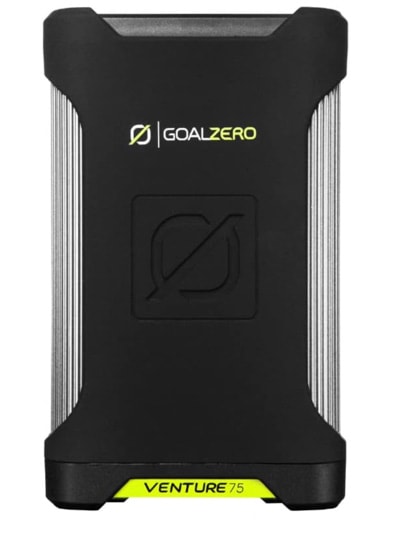
Movie / Music Downloads
Some trekkers arrive to the teahouses around 1-3pm each day. Having a few movies on your phone is good. If you like to listen to music as you go, make sure you have some good beats downloaded.
Snacks for Mardi Himal Base Camp Trek
Protein Bars
I couldn’t find protein bars in Kathmandu, so I carried trail mix. I’d recommend bringing one bar for each day.
Chocolate Bars
Sometimes you just need a little sugar boost. I brought one KitKat bar for each day of the trek.
Other Items Needed for the Mardi Himal Base Camp Trek
Trekking Poles
I don’t use trekking poles going uphill, but they are extremely useful going downhill. I usually only use one, but I bring two just in case.
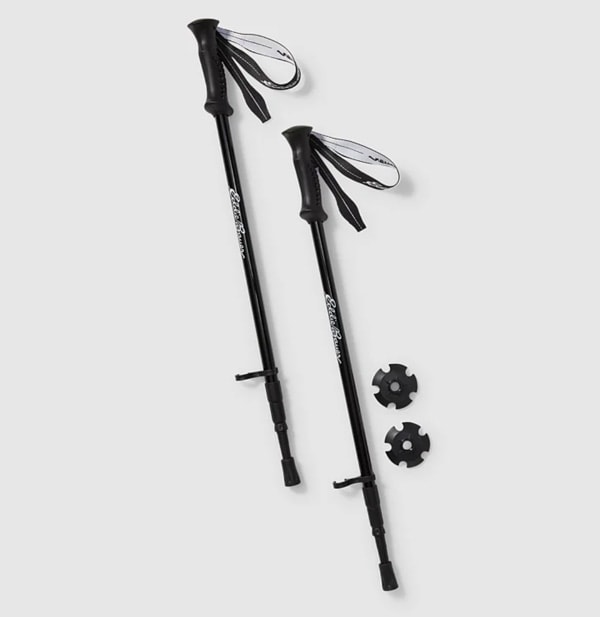
Money (in small denominations)
I recommend bringing at least $300 per person. Try to get some smaller bills as carrying all 1,000 notes makes it difficult for the teahouse owners. You can read my Mardi Himal Trek Cost blog post for more info.
Entry Permit
Carry your entry permit with you at all times as there are checkpoints on the way. You’ll need an ACAP permit to do the Mardi Himal Base Camp Trek.
Copy of Passport/Visa
Always have a copy of your passport and visa just in case.
Trekking Insurance
I get travel insurance for all of my treks in Nepal. Many of the regions are remote and do not have access to a road. You don’t know when something might go wrong and many rescues are done by helicopter which is expensive. Keep a copy of your insurance with you while trekking.
Sleeping Bag
I almost never recommend a sleeping bag, however, if you are a germaphobe, you may want to bring your own. Teahouses provide you with sheets and blankets, but they aren’t washed every day and are only washed by hand in cold water. We use the ones the teahouse provides but some people prefer their own.

Crampons
Since we got hit with snow, crampons were a lifesaver. They were a last minute purchase after hearing other trekkers say they got snow in April. People who didn’t have crampons were slipping and sliding while we easily ran down hill.
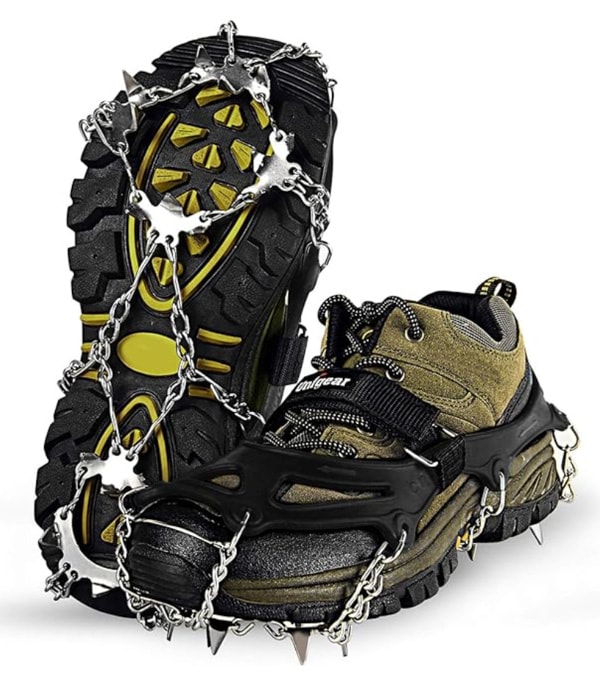
Mardi Himal Base Camp Trek Map
I always carry a paper map of the route, but it’s not necessary. I just like to see everything in front of me with the altitudes marked. You can buy a Mardi Himal Base Camp Trek map in Kathmandu or Pokhara for about $4 USD.
Playing Cards
Someone else will always have playing cards, but I recommend bringing a pack just in case. Learn a few games before you leave so you have some options to play when trekking. We had a hilarious time playing “Bullshit” with an entire teahouse. We also had an epic game of UNO going on one trek.
Duct Tape
This seems like a weird thing to recommend, but you never know when you’ll need it. Bring a small roll just in case. I once used it to keep a shoe from falling apart while walking back 5 hours after it busted open (a lesson in buying good quality shoes).
Shopping in Nepal
Planning to shop when you arrive? On my first trip to Nepal, I was backpacking for 9 months in Southeast and South Asia. I didn’t have room in my pack to carry a bunch of heavy winter clothes with me, so I ended up buying everything in Thamel (the tourist hub in Kathmandu). I arrived a few days early, so I had plenty of time to search for things. I learned quickly that I’d need to check multiple stores and negotiate a lot.
Recently, I was approached by Mount Ready to try out their new system. They make the experience a lot easier. You simply go to their website, pick your trek and they have a pre-arranged pack with everything in it. It’s the same stuff you buy in Thamel (including knock offs) but you don’t have to spend days running around and negotiating. The prices are fair and you can add or remove stuff from the pack. You show up at the store, and everything is picked out for you. All you have to do is try it on and pick the colors you like. It’s super simple.
Before recommending them, I wanted to test it out myself, so I had them put together a pack for the Annapurna Circuit. I removed a few things, changed some sizes and styles and checked the quality of the clothes. If you’re doing a trek once and don’t want to invest a lot of money, then this is the way to go. I started out with a lot of items from Thamel and slowly upgraded my pack with the Eddie Bauer products listed above.
You might also like…

Michelle Della Giovanna
Writer at Full Time Explorer
I’m just your average New Yorker who quit her job in the fashion industry to explore the world. Come find out what it’s like to trade in five-inch heels for squat toilets.
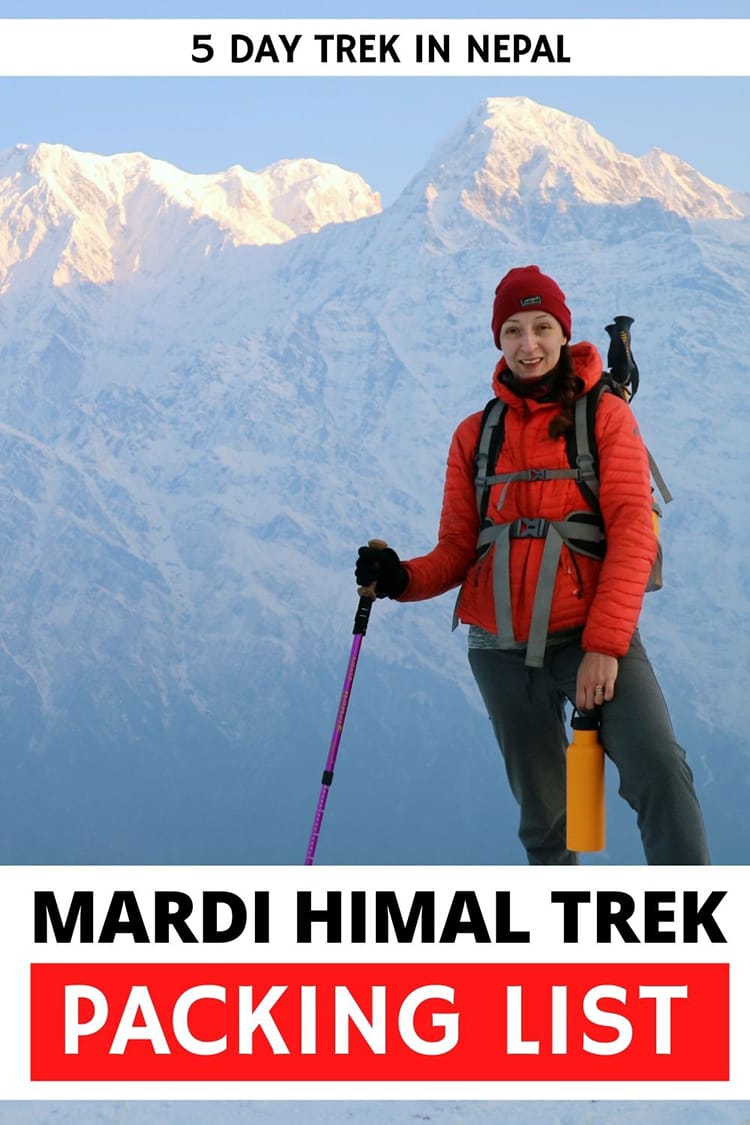

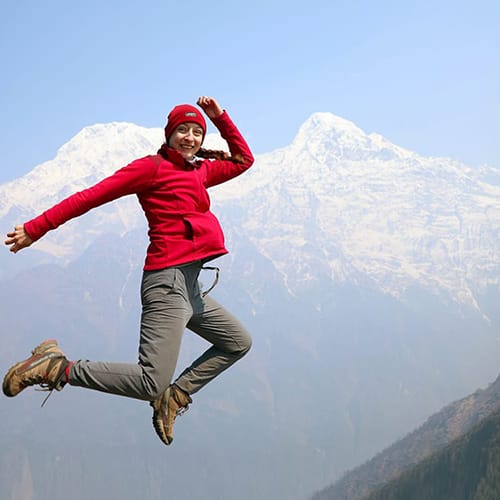
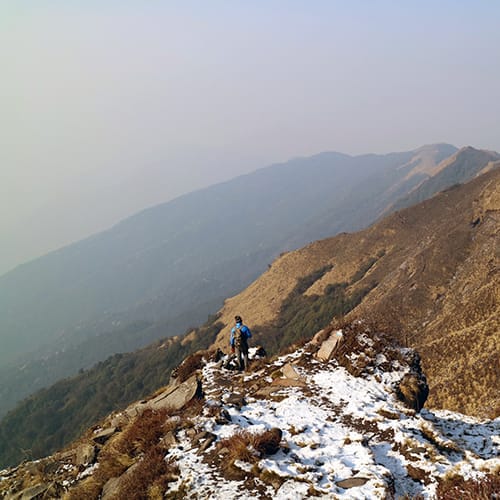
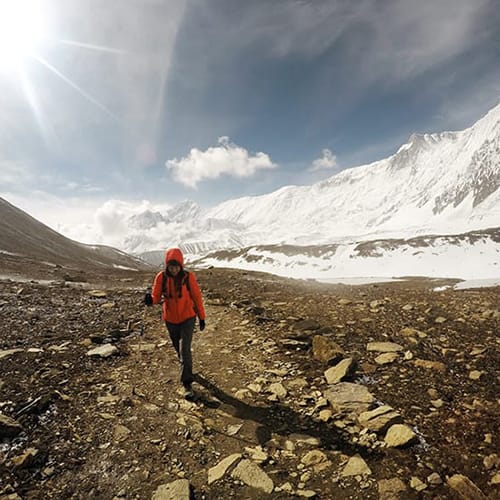
Leave a Reply